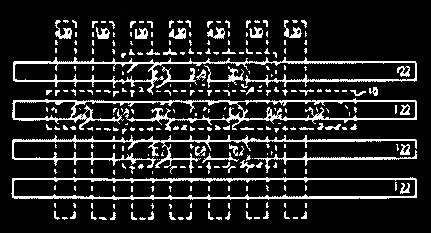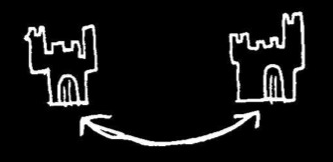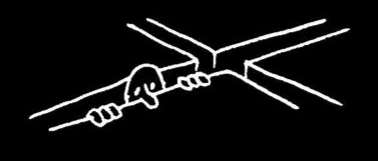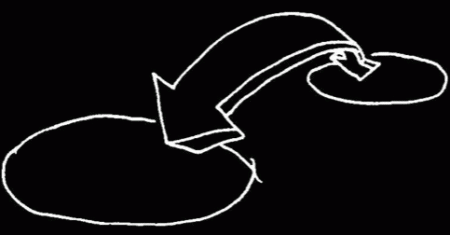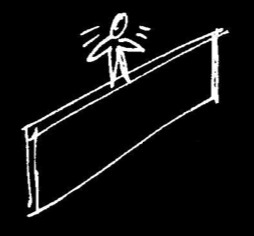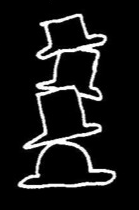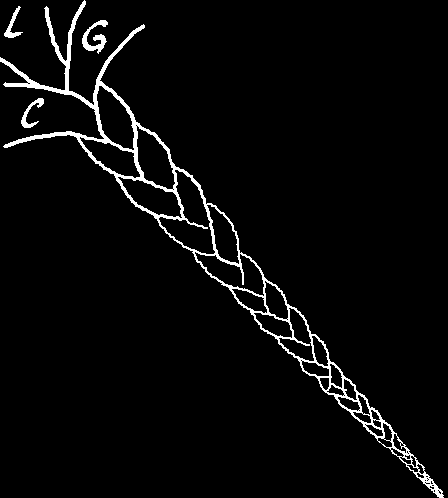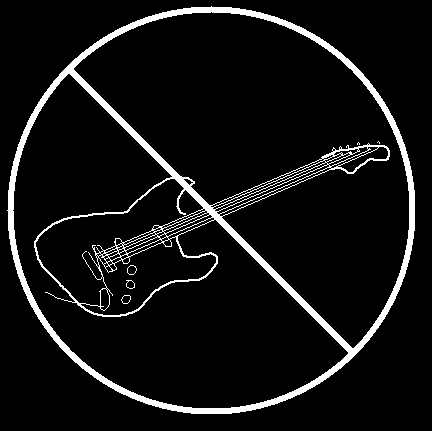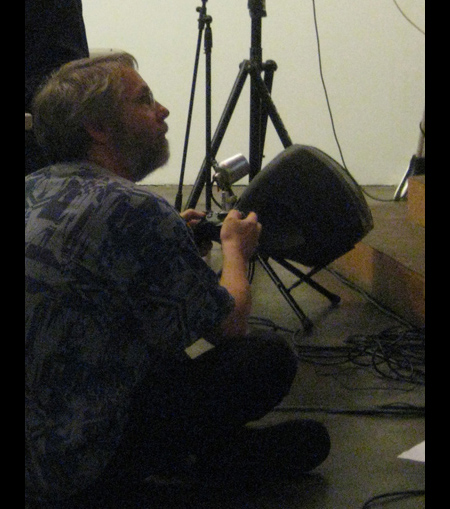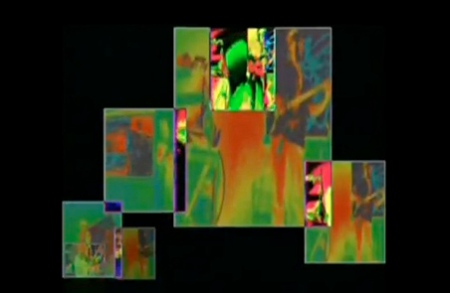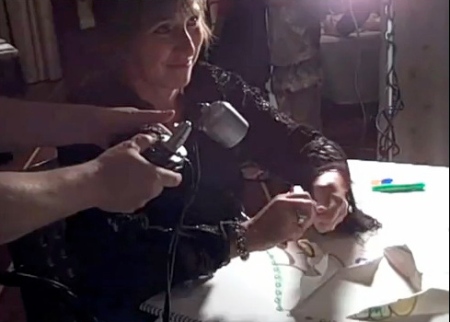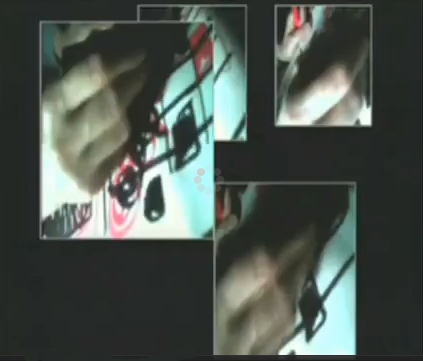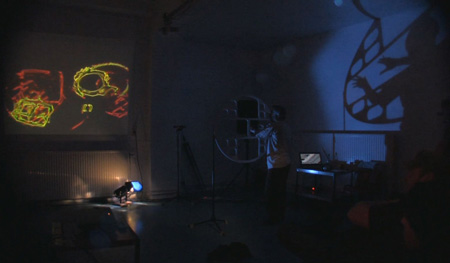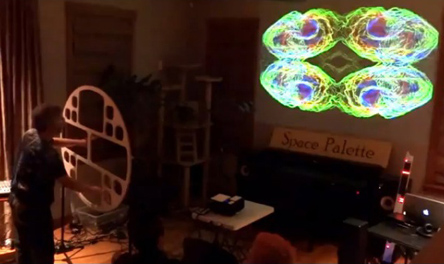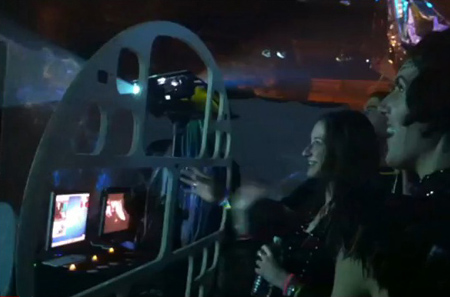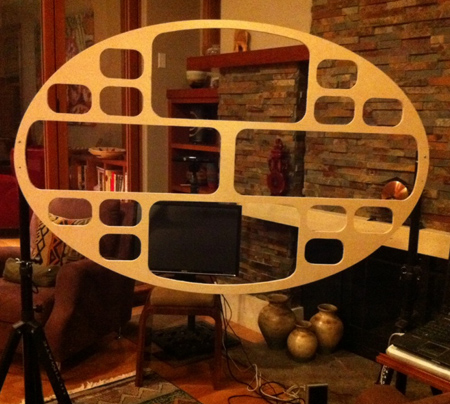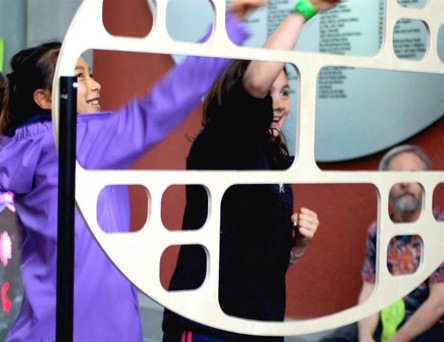

A couple of years ago the raccoon was asked to chair a panel on “New Media.” The speakers were all amazing and gifted hacker/artists. To chair such a group was a real and unexpected honor (and, I screwed it up; more on that later).
To start things off and incline the tone of the panel in the direction of my obsession — the performing of live visuals — I enthusiastically proclaimed and promoted the idea of “Blues Graphics.” “You know,” I said, “visuals improvised live like Stevie Ray Vaughn playing the guitar.” The phrase had sounded so good to me the day before, screening well in my mind’s eye (the same display on which also appears footage from the imaginary Veli’s Graphics Bar in West Oakland). So I used the chairguy’s one minute intro to play SRV’s version of “Mary Had a Little Lamb” while at the same time showing a moving montage of the outside of Veli’s. Thus setting the scene for joy and sharing.
Well, as it turned out, for me, not so much.
But first, the panel itself went well, and all panelists did outstanding presentation/demos.
However, afterwards, while standing around in post-panel conversation, I was informed that improvising graphics ala SRV on guitar was simply not possible because, “The parameter space is too large to map onto the control space.”
Yikes. How embarrassing for me.
And I didn’t even know exactly what that sentence meant. But it was delivered with such authority that I was paralyzed in cognitive thrall, stammering some response I don’t even remember. Then I slunk away to lick my cerebral fissures and contemplate the errors of my visually obsessive ways.
But later that day, far from the crowd and upon reflection, I realized that the slogan & dictum was bullshit.
Here’s the proof: simply substitute a well known human activity, musical performance, for visual performance. With good ol’ SRV as my counter example.
Because, see, you could say exactly the same thing about musical performance. First, think of all possible sounds, and then consider the possibility of designing some kind of instrument to make them. Pretty hard, huh? Among the many problems is the large number of parameters to control that incredible variety of sounds. Pretty big space, right?
But then some bozo comes along and says he wants to make that instrument, and then proposes to play it in real time, maybe even improvising with it.
You would have to tell him, “I’m sorry, but such a performance is not possible because the parameter space is too large to map onto the control space.”
End of discussion.
Good thing you were there to clue him in, saved him a lot of trouble.
Nor can bumble bees fly.

So, here’s why music can be improvised:
Indeed, the space of all sounds, it’s a large parameter space. And let’s throw in more parameters, timing. How many ways are there to sequence and sustain sounds over time? Double yow. But, I hadda throw in time, cause that’s where performances take place.
However, look folks, we’re simply talking frameworks here. They restrict and limit possibilities to enable creativity. Inventing within constraints, art is painting with restrictions, blah blah blah …
So we can use the Western diatonic scale to trim that infinite sound space, and on temporality impose time signatures. Narrows things a lot. And then invent an instrument which further narrows the possible sounds, and which maps the result on a control space (strings and frets, say). In fact, the guitar is exactly a working model of how to map the trimmed parameter space onto a playable control space.
Bumble bees can fly, and visuals can be improvised without need of randomization or algorithmic slaves.
Visual SRV lives!

